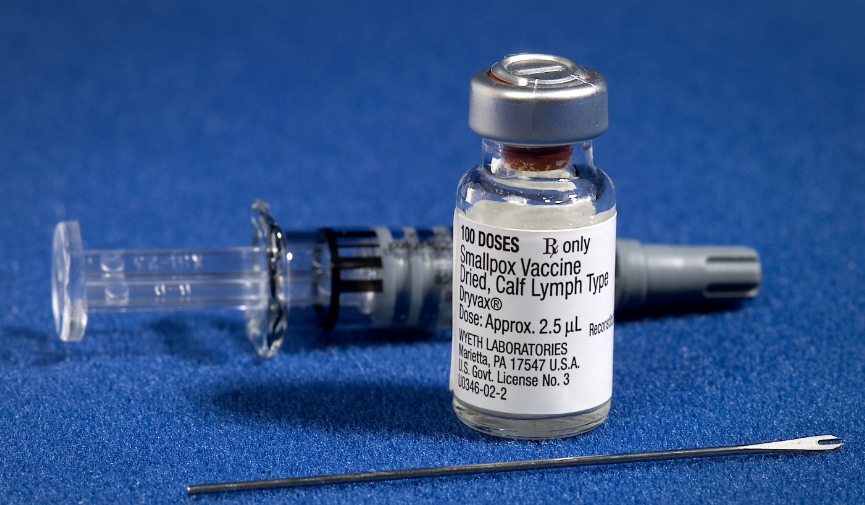Sleep shortfalls and silent brain decline: How poor sleep patterns may herald Alzheimer’s risk
04/02/2025 / By Willow Tohi

- A study in the Journal of Clinical Sleep Medicine links inadequate slow-wave sleep (SWS) and REM sleep to reduced brain volume in regions vulnerable to Alzheimer’s, such as the inferior parietal cortex.
- Researchers tracked 270 adults (median age 61) for 13–17 years, finding that poor SWS/REM sleep correlated with brain atrophy, independent of lifestyle or medical factors.
- Disrupted SWS (critical for waste clearance) and REM sleep (key for memory) may impair the glymphatic system, hindering the removal of Alzheimer’s-linked beta-amyloid plaques.
- The study suggests sleep optimization (e.g., insomnia therapy, light regulation) could delay Alzheimer’s onset by protecting brain structure before symptoms appear.
- While limited by a homogenous participant pool, the study’s longitudinal design strengthens causality. Sleep is now a promising, modifiable target in Alzheimer’s prevention efforts.
A groundbreaking study published in the Journal of Clinical Sleep Medicine has revealed a disturbing link between inadequate sleep and the gradual erosion of brain regions critical to memory and cognition—regions that are among the first to degrade in Alzheimer’s disease. Researchers found that individuals who spend less time in restorative sleep stages, particularly slow wave sleep (SWS) and rapid eye movement (REM) sleep, exhibited smaller volumes in the inferior parietal cortex, an area that undergoes early structural changes in Alzheimer’s pathology. This discovery underscores sleep’s role as a potential modifiable factor in preventing or delaying the disease.
Lead author Gawon Cho, a postdoctoral associate at Yale School of Medicine, explained, “Reduced neuroactivity during sleep may contribute to brain atrophy, potentially increasing the risk of Alzheimer’s disease.” With over 6.7 million Americans aged 65 and older currently living with Alzheimer’s—a number expected to double by 2060—this research offers new avenues for intervention.
Sleep’s architectural blueprint: The missing piece in Alzheimer’s prevention
The study meticulously tracked the sleep patterns and brain health of 270 adults (median age 61) over 13 to 17 years. Participants with lower proportions of SWS and REM sleep showed significantly smaller brain volumes in regions already prone to degeneration in Alzheimer’s. These findings held even after accounting for demographics, lifestyle factors like smoking and alcohol use, and medical conditions such as hypertension and coronary heart disease.
REM sleep, often associated with vivid dreaming, is tied to memory consolidation and emotional processing, while SWS, or “deep sleep,” is critical for tissue repair and waste clearance in the brain. Disruptions in these stages may hinder the glymphatic system—the brain’s natural waste-disposal network—which is thought to clear away beta-amyloid plaques linked to Alzheimer’s.
Cho emphasized the study’s societal relevance: “Sleep deficiency is a prevalent disturbance in middle-aged and older adults, and these results shed light on how such deficiency might fuel Alzheimer’s progression.”
Decoding the research: A decade-long window into brain aging
The study used polysomnography (PSG), the gold standard for sleep assessment, to initially gauge participants’ sleep architectures. Advanced brain imaging, conducted decades later, measured regional brain volumes. Importantly, all subjects were cognitively intact at baseline, with no prior history of dementia or major neurological disorders.
The all-white, majority-female participant pool (53% women) limits generalizability, noted the authors. However, the study’s duration is a strength: observing changes over decades strengthens causal interpretations. “This longitudinal approach lets us see how sleep habits in midlife might insidiously shape later brain health,” said Cho.
Such insights are a departure from previous observational studies that correlated sleep disruption with Alzheimer’s symptoms without pinpointing structural brain changes. The inclusion of SWS and REM metrics offers a roadmap for screening tools or early interventions.
Moving the needle on prevention: Sleep as a target for risk reduction
The study’s dual revelation—that brain atrophy precedes clinical symptoms and is linked to sleep—is a wake-up call for preventive strategies. Alzheimer’s researchers have long prioritized addressing plaques and tangles, but this work suggests sleep optimization might help stave off the condition.
Sleep specialists like Dr. Michael Grandner, director of the Sleep and Health Research Program at the University of Arizona, not involved in the study, remarked, “Everyone loses some brain volume as they age, but this research implies that poor sleep could accelerate it in ways that matter most for cognition.”
Cho and colleagues suggest interventions such as cognitive-behavioral therapy for insomnia, light therapy, and avoiding blue light before bedtime as potential tools. “Imagine being able to delay Alzheimer’s onset by reinforcing healthy sleep habits,” Cho said. “That’s what this research is pointing toward.”
A historic intersection: Sleep science and aging research converge
The link between sleep and Alzheimer’s is not new. Back in 2009, studies began noting that people with sleep apnea—a condition disrupting sleep stages—had higher Alzheimer’s risks. Recently, clinical trials testing sleep medications for cognitive preservation saw mixed results, highlighting the need for more precise targets, such as specific sleep stages.
This study adds a structural lens to the conversation. Historically, the focus was on sleep’s role in amyloid deposition, but now scientists can link poor sleep architecture to literal brain shrinkage. “It’s not just ‘good sleep is good for you’ anymore,” said Cho. “We’re getting closer to understanding why it’s a cornerstone of brain resilience.”
As awareness of Alzheimer’s’ skyrocketing prevalence grows, sleep’s status as a low-cost, modifiable factor gains urgency. For a disease with no cure, sleep hygiene, if optimized, may offer a rare silver lining.
The findings paint a clear picture: nurturing deep and dream-filled sleep isn’t a luxury, but a vital tool against silent brain decline. As scientists advance studies to confirm causality and explore therapies, the message is clear: healing may begin where the mind rests.
Sources include:
Submit a correction >>
Tagged Under:
Alzheimer's disease, brain aging, brain function, brain health, mind body science, polysomnography, rapid-eye movement, research, sleep, sleep science
This article may contain statements that reflect the opinion of the author





















